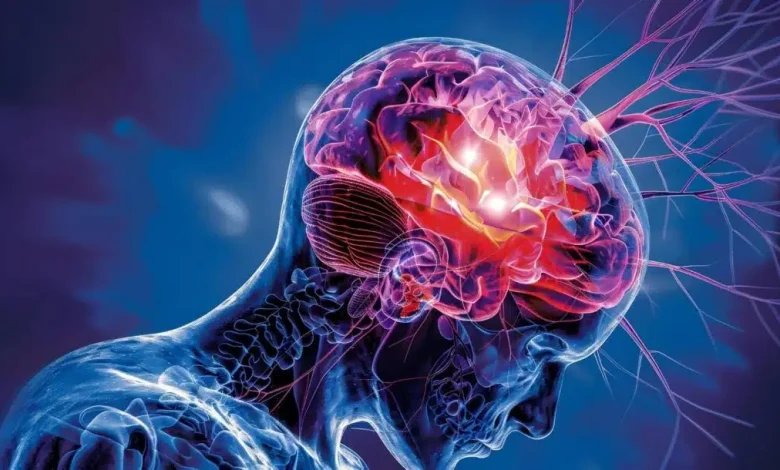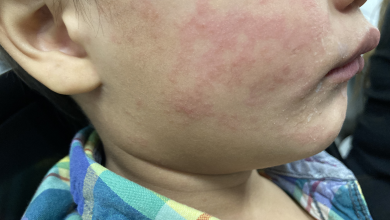A new approach for brain tumor patients

Less than 5% of eligible adults receive particular tests, according to a new report from researchers at the University of Bristol, demonstrating the unfairness of brain tumor patients’ access to genomic testing.
The Tessa Jowell Brain Cancer Mission, which is leading the report, highlights the value of genetic testing in identifying mutations and facilitating patient enrollment in therapeutic trials. In the UK, brain tumors are identified in about 12,700 individuals annually.
Less than 5% of adults in the UK have access to whole genome sequencing (WGS) in 2023, according to a Tessa Jowell Brain Cancer Mission team that examined the use of WGS for patients with brain tumors, with significant geographical differences. Long test durations, paperwork, and difficulties understanding results are challenges.
The research calls for efforts to enhance access, noting that Scotland, Wales, and Northern Ireland lag behind England. Patients are dissatisfied with the disparity between availability and access given the short survival duration.
According to the findings, certain hospitals are able to effectively provide whole genome sequencing (WGS) to patients with brain tumors. Strong leadership and availability of pertinent clinical trials are the reasons for these achievements. Although the early results were disappointing, Dr. Nicky Huskens from TJBCM points out that the latest trends are encouraging.
Six recommendations are made in the report to enhance WGS access: establishing a national precision medicine board, paying coordinators, and providing training. These actions should only incur little additional expenses.
The principal author of the paper, Professor Kathreena Kurian, has a personal stake in expanding WGS access. Gerard, her spouse, benefited from prompt WGS testing and enrolled in a promising trial, extending his life expectancy by one year.
Although not all patients have quick access to WGS at this time, Kurian hopes that all brain tumor patients in the UK will eventually benefit from the report’s unambiguous recommendations for improvement.
The TJBCM is prepared to support the collaboration of NHS leaders, professionals, Genomics England, and brain cancer charities on the recommendations of the report. The report’s problems, according to Professor Richard Gilbertson, also apply to other types of cancer. Through the improvement of brain tumor genetic testing, they expect to benefit individuals with various illnesses.




